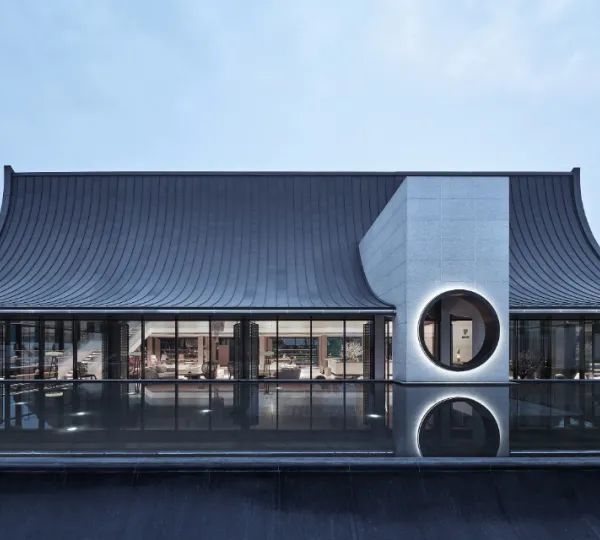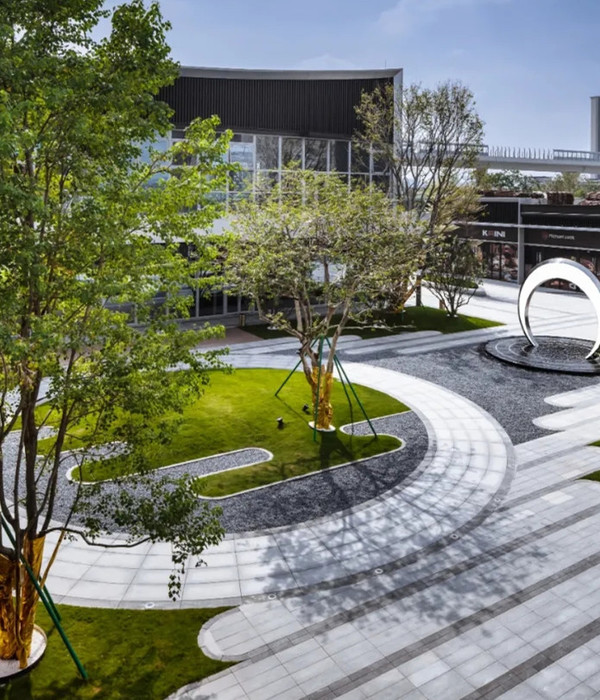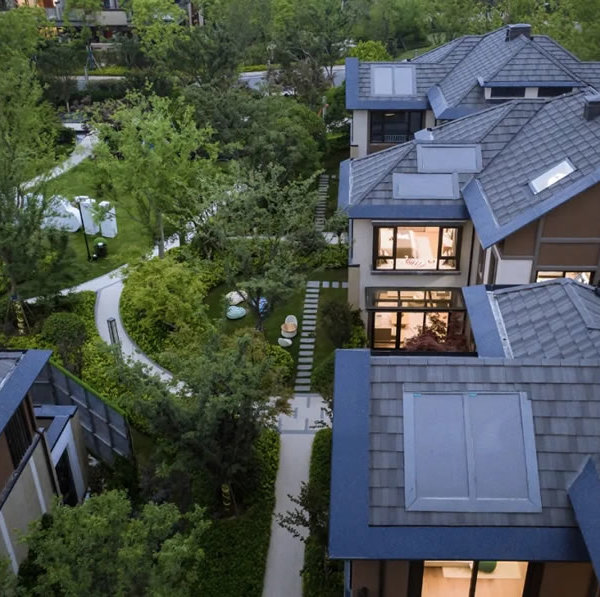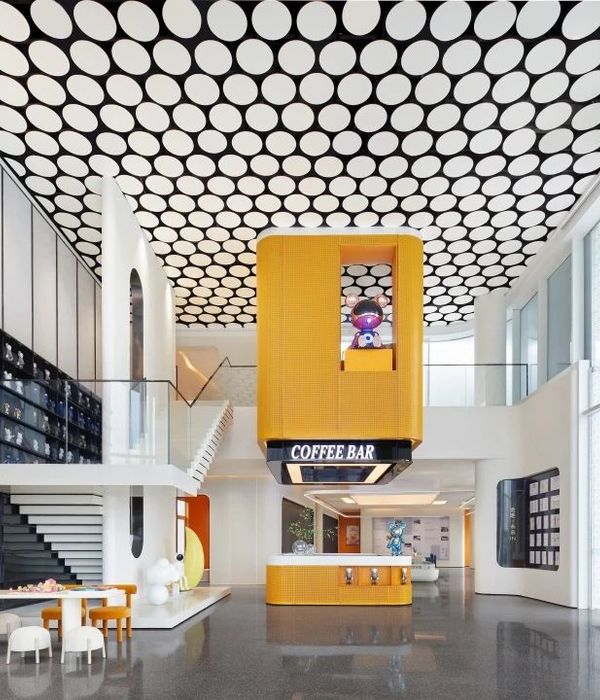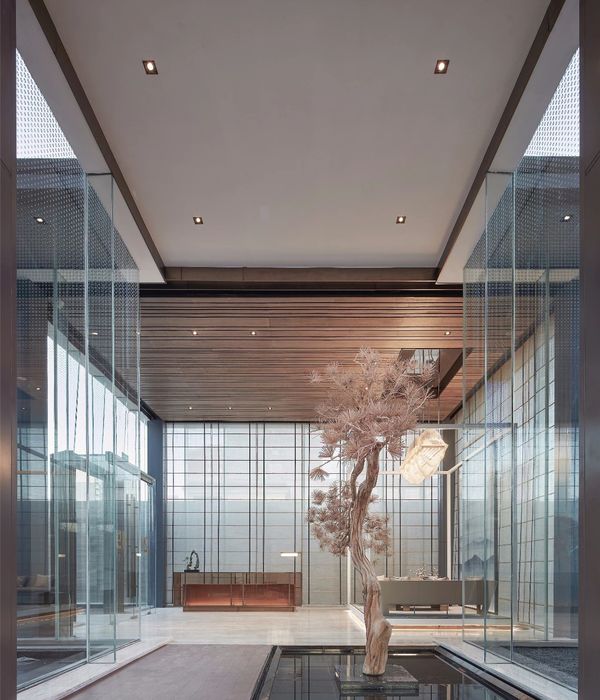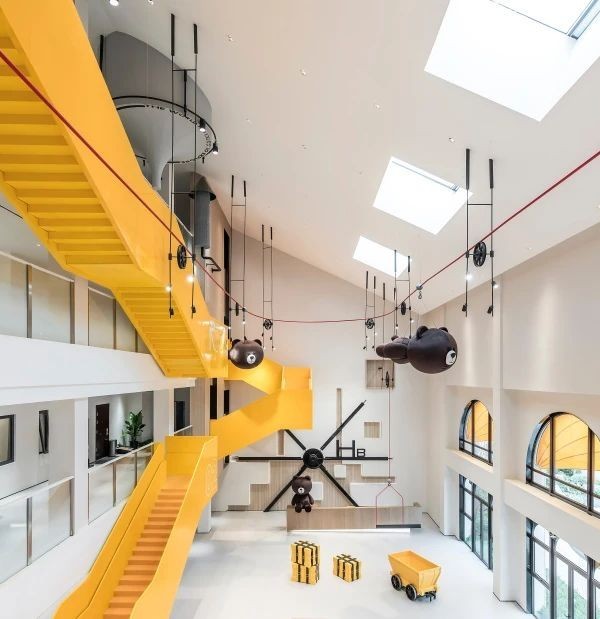The urban redevelopment project of the Oasis of Nervia is an intervention on the urban scale that, together with the construction of a new stretch of the Ligurian West Cycle Route (on the border with France), seeks to restore identity to frayed and abandoned urban margins through, precisely, the design of a bicycle and pedestrian path that crosses and joins a new sequence of open spaces that altogether become the engine of a wider urban and tourist regeneration process on the supra-municipal scale.
Therefore, the emerging elements of the new route become public spaces in the former recovered railway area: the piezometric tower reused for tourism purposes, the new pedestrian and bicycle gangway in the center of the Oasis, the recovery of the public fronts overlooking the Nervia stream and the Ligurian Sea in the Municipality of Camporosso and also the square facing the sea in Camporosso al Mare.
-------------------------------------------------------------------------------------------------------------------------------------------------------------
The intervention is part of the naturalistic oasis of Nervia, at the point where the Nervia torrent historically parts the Municipalities of Camporosso al Mare and Ventimiglia, flowing into the Ligurian Sea.
The Oasis of Nervia, is one of the most important SIC areas (site of community interest) of the Liguria Region, with an extension of 44 hectares. Inside, almost 160 botanical species have been listed, most of them composed of tall trees such as tifa, veronica, and watercress. There are also large areas of reedbeeds useful mainly as a habitat for birds or for the self-purification of the wildlife area. The birds have been surveyed and cataloged in 140 species such as grebe, tuffetto, the heron, ducks, shorebirds, seagulls, rallidi, passerines and other species. Among the mammals are worth mentioning the fox, the hedgehog, the shrew, the shrew, the vole and the orbettino reptiles as the green lizard, the lacertino colubro, the viper nymph and the ocellated lizard.
The final stretch of the Oasis is therefore between the sea front of the Municipality of Camporosso, the Ligurian Sea and the former railway area of Ventimiglia.
The Oasis then flows into the last stretch of the Ligurian Sea before the french riviera and is included between the Municipalities of Ventimiglia and Camporosso al Mare which historically have used the sides of the Oasis to set a railway station (Ventimiglia side) and areas intended for agriculture and campsites (Camporosso al Mare side).
The area covered by the works covers a surface of approximately 25,000 square mt. extending from the left bank of the Nervia stream, where a portion of disused railway area is situated, to the waterfront of the Municipality of Camporosso historically occupied by degraded and abandoned agricultural areas, up to the northernmost part of the Oasis characterized by the largest portion of the reed where the many species of birds find shelter in the Oasis of Nervia.
The project, for a total amount of 5 million euros, addresses the following main project themes:
Protection, redevelopment and enhancement of a portion of the SIC area (Oasi del Nervia) characterized, in the intervention section, by the consistent presence of the reedbeed and of several rare species of birds. It is also the final section of the naturalistic oasis, affected by archaeological (Roman area of Albintimilium), landscape, naturalistic, hydraulic and meteoromaric constraints.
Project of a cycle and pedestrian path of about 2.5 km. aimed at strengthening the Ciclovia Pelago and the Ligurian Greenway on the border with France to implement the overall length of the tourist cycle paths along the Ligurian coast.
Recovery of a portion of disused railway area (about 15,000 square meters), located on the edge of the urban fabric of Ventimiglia and the Oasis of Nervia, which is redirected to a public and sports space characterized by a very simple design that sets the goal to protect and enhance the memory of some pre-existing railway tracks that are preserved and protected: tracks, railway reinforcement, locomotive roundabout, the piezometric tower.
Project of a cycle and pedestrian walkway, which finally unites the Municipalities of Camporosso al Mare and Ventimiglia, becoming the center, even symbolic, of the intervention of recovery and enhancement of the Oasis of Nervia.
With its development of about 120 meters, two spans of over 40 meters, a width varying from 3 to 5.5 meters, it is the most important point of the new Ciclovia Pelagos (about 12 km long). It represents the connecting element of the new public spaces obtained in the former railway yard on the right bank of the Nervia stream (Municipality of Ventimiglia) and along Via Dante on the left bank (Municipality of Camporosso al Mare).
The new gangway takes up the theme of Liguria’s agricultural “creuze” (paths between 2 stone walls), it also undergoes slope changes and deforms along the route, and finally aspires to become, besides a connective element, also a place, a small public space, a widening, a resting place, an elongated and deformed square (similar to those present in the Ligurian historical centers), where to stop and observe the surrounding landscape: the Nervia Valley with its 2,000 meters high mountains, the Ligurian Sea and the French Riviera and the landscape of the Oasis of Nervia, with its 160 botanical species and the 140 species of birds that continue to remain in an uncontaminated natural habitat.
It is with this specific landscape, characterized by the water of the stream and the sea, by the potected trees, by the colors of the summer and winter reeds, by the ground of the banks, which the gangway is compared to and insterted in, trying partly to get confused in it and in any case to belong to it.
The irregular shape, in the plan and in the section, responds to structural needs to reduce the height of the edge beams. The lateral parapets with irregular shape and heights (from 120 to 180 cm) rise close to the most sensitive areas of the Oasis. Irregular cuts in the parapet allow to contemplate, inside small paintings, the landscape of the Nervia Valley and therefore of the Oasis.
The structure is simple: two abutments and two piles, one of which is inclined. Corten steel edge beams of about 170 cm. of the length of 40 mt. inserted inside an internal wood covering (in some cases interrupted by multicolored steel parapet railings). An external cladding consisting of multi-colored parapets in painted steel and a closing casing consisting of a perforated sheet in corten steel. The floor is made of “transparent or albino” asphalt composed of white/beige aggregates from a local quarry. Reinforced concrete batteries are “hollowed out” to accommodate bird nests and therefore to partially break down and lose volume.
Redevelopment of the Camporosso al Mare waterfront, where the old agricultural space and campsites gives wa to a new walk, flanked by a cycle path and some stopping points that try to combine both the needs of vehicular traffic with those of pedestrians and cyclists who animate the place.
{{item.text_origin}}


